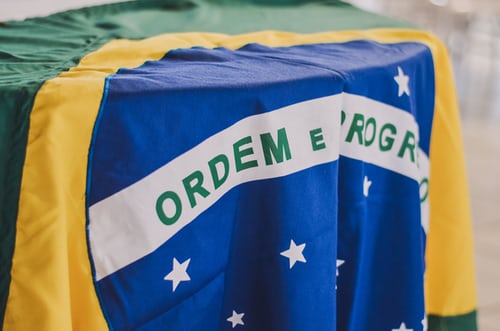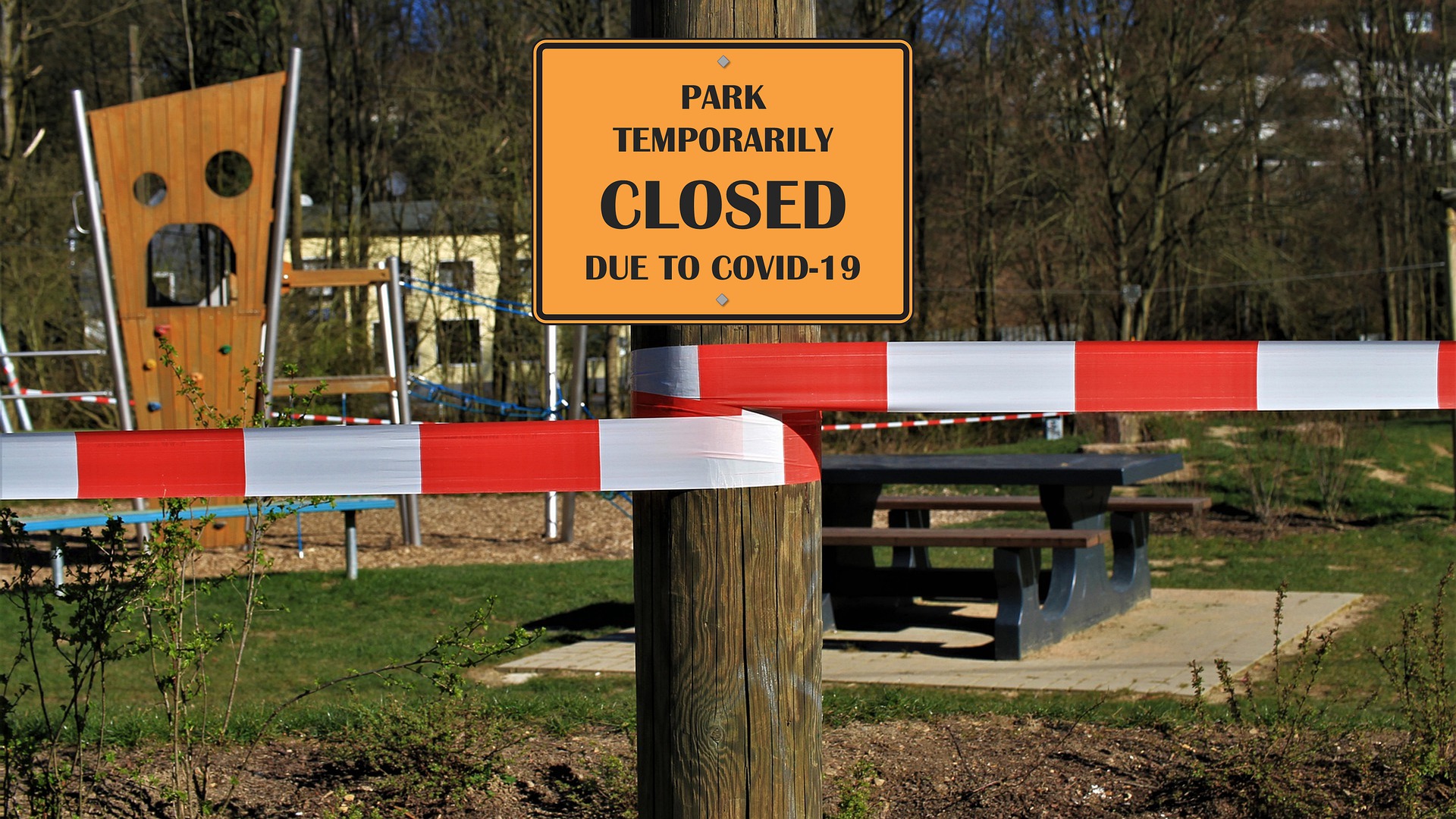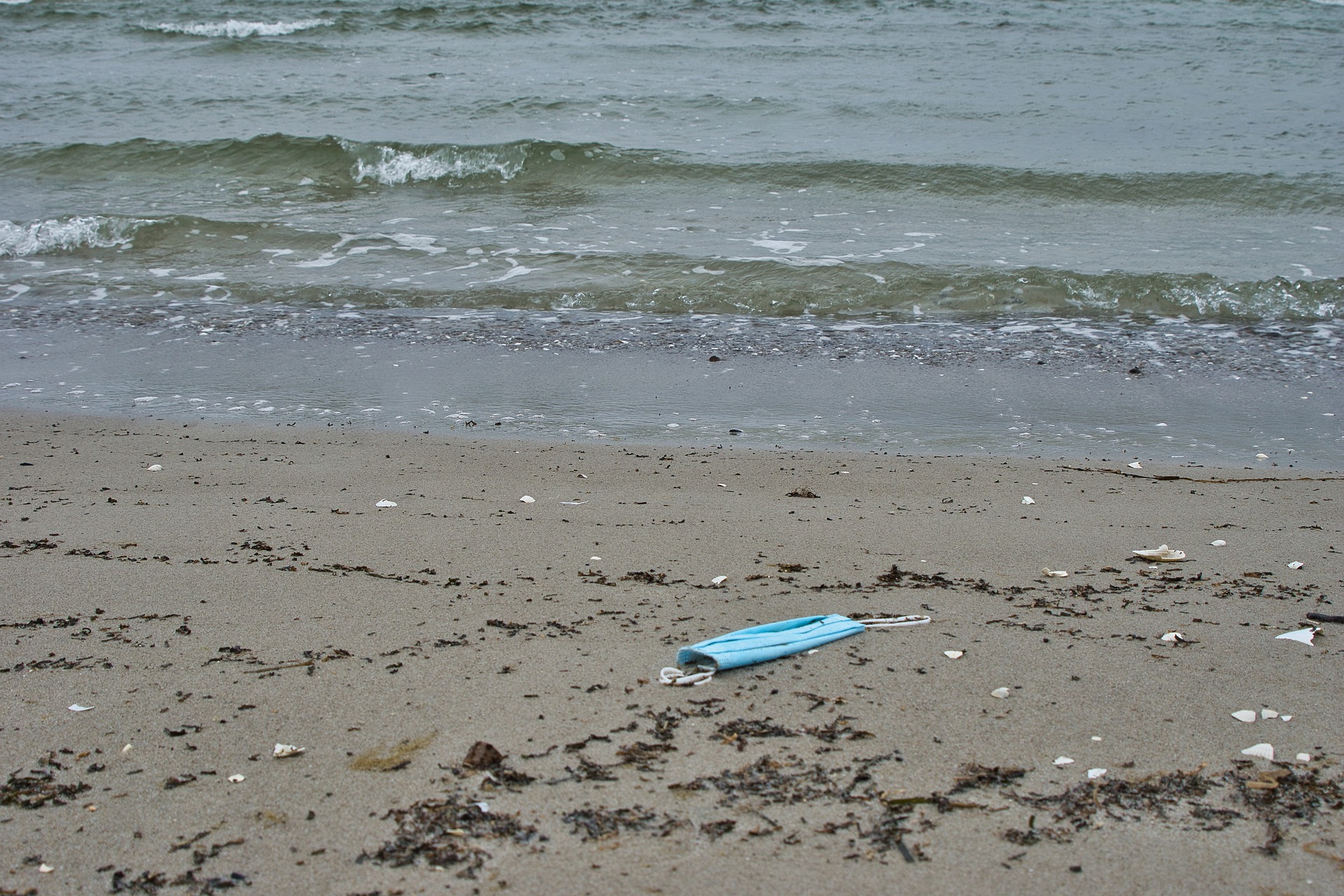Over 100,000 people have died in Brazil due to the governments lack of responsibility, but Bolsonaro and his government say it is because Brazilians are not disciplined
Brazil has had more death from coronavirus than anyone else in the world bar America. 110 K people have died in Brazil, with a population of over 200 million. Yet, America has 100 million in excess of Brazil, and only 68 K more deaths. What are Bolsonaro and his government doing about it?
Jair Bolsonaro’s Ignorance Is Killing Brazil
The Brazilian government has been accused of irresponsibility and disregard for their people in light of the tragic situation. Jair Bolsonaro, the Brazilian president has publicly condemned the wearing of face masks and social distancing, but both he and his wife contracted the virus.
The audacity of the Brazilian president is difficult to swallow but it is nothing new from Jair Bolsonaro. This is a man who openly denies the burning of The Amazon, despite fires being lit, and actively approves of it. A BBC corespondent talks to a Brazilian official about the situation in Brazil.
https://www.bbc.co.uk/news/live/world-europe-53831503
“You have to understand the nature of Brazilian people, we are not disciplined”
These are the words of the Vice President of Brazil. With so many people dying in Brazil, perhaps the Brazilian people would like to adopt an attitude of ‘discipline’. If it were to mean life and the protection of their families.
The Similarity Between America and Brazil
The situation in Brazil and America is interesting. Two countries swarmed by the pandemic, and struggling to grasp control within it. The words of the Vice President are insightful, Brazilian people are known for their freedom of expression. When thoughts come to mind of Brazil, I think of colour, parties and the beach. I am sure Brazil is far more dynamic beyond those three sentiments but as someone who has never traveled there, those are my initial thoughts.
America still, is virus deep in the situation. The American people also unsure of the parameters and unable to follow them. Both America and Brazil have populations beyond that of the United Kingdom and Europe, and so in America it seems responsibility has been dished out. Trump relinquished control of the pandemic to individual states. Each state is able to make decisions independently. To the bystander, this does not seem to be responsible, and it is not but we must also thank ourselves lucky to live in countries where power is evenly distributed, and works.
The problem it seems lies in the leadership at the top. With Trump relinquishing control to each individual state, this was where the problem began. Each State Governor would have viewed the virus differently and this is where it became troublesome. Subsequently, each state had a different reaction, and consequently America as a whole were not on board and so there was mass confusion.
There has been little responsibility in Brazil as well, whilst governors of the country panic to get the word out, Bolsonaro sits back and chuckles. Responsibility has to come from the top.
Leadership Means Collective Responsibility
Donald Trump and Jair Bolsonaro are two leaders who are in the position to do exactly this, lead. Yet neither seems to take collective responsibility. Despite being elected as the overseeing eye upon which the country relies upon, both seem to have relinquished that power. Americans and Brazilians may be undisciplined, but perhaps this is because they have lacked the leadership to incite the feeling enough.
I am not suggesting a totalitarian government by any means, no one wants to live with the oppression of the East, but get a hold of yourselves! Most governments are asking people to respect what is being asked of them, not forcing it, and for good reason. It is up to the leadership of the day to lay down the agenda and do so from their hearts. People will listen to this and respect this, and take it upon themselves to do what is right, rather than piling more pressure upon the government.
Europe and New Zealand are examples of this. Bolsonaro has contracted the virus and whether this will turn it on its head, is questionable. What is clear is that it is too late, as it was in the United Kingdom, the precautions have to come early and fast. However, the noble pursuit of honesty and admittance of failure does lie within one’s grasp. A new course of action is always available.
The Ignorant Will Remove Their Own Face Before They Admit Failure
The problem with leadership like Bolsonaro and Trump is that they are insecure. They care too much for their own ego before they care for the people they have been elected to care for. Even when forests are being lit within The Amazon Rainforest, Bolsonaro denies such a fact. Everyone knew it was a bad day when Bolsonaro came into power. The man looks to profit from Brazil rather than protect its sacred nature.
The Amazon Rainforest is referred to as the ‘lungs of the Earth’. It absorbs 2 billion tons of CO2 each year. Burn this, and you effectively burn the planet. It is effectively like removing your mask in a Covid 19 ward. Hang on…did Bolsonaro not do this?
Bolsonaro contracted the virus, removed his mask in front of reporters and told them,
‘Just look at my face, I’m well, fine, thank God…’
It has been reported recently that Bolsonaro has mould on his lungs, it seems like Jair may be having a similar problem to The Amazon.
But Jair tells us he will be alright because his ‘athlete’s background’ shall see him through. This was before he developed mould on the lungs, looks like Jair might want to revisit his notion of ‘health’. Much like everything in life, if you take your eyes off the road, the car will crash.
Nearly all intensive care units within Brazil’s federal district were on the point of collapse six weeks ago. This is a country not coping, but yet its leader laughs in the face of his own stupidity. When the country goes under, will he be laughing then?
And I think, the power is with the people, why have Brazil put this man in power. Are they so powerless they no not of their own effect? I think the culture of Brazil is historically non-disciplined but I think the hearts of the Brazilian people are, and I hope to God after this, they take it into their own hearts to do something about it.
The Brazilian people may not be disciplined but neither is their government. ‘Order and Progress’ is written across Brazil’s flag but neither seems to be present. Some people would rather remove their own face before facing up to it.



 Featured9 months ago
Featured9 months ago


 Featured10 months ago
Featured10 months ago


 Featured2 years ago
Featured2 years ago


 Featured4 years ago
Featured4 years ago


 Featured3 years ago
Featured3 years ago


 Featured10 months ago
Featured10 months ago


 Featured2 years ago
Featured2 years ago


 Featured4 years ago
Featured4 years ago














